Supporting your farmland birds this winter
With increasingly erratic weather patterns - this year being no exception - one thing that remains constant is the lack of food availability for farmland birds over the course of the winter and early spring months.
Alarmingly, Europe has seen a substantial decline in farmland bird numbers in the last 40 years. This is of grave concern, as our birds are often considered good indicators of how healthy the natural environment is, particularly as they sit near the top of the food chain.
The dramatic fall in UK farmland bird populations is clear to see in the chart data taken from the November 2019 Department for Environment, Food and Rural Affairs (DEFRA) publication, "Wild bird populations in the UK 1970 to 2018".
From the numbers, we can see that our farmland bird species declined by 56% between 1970 and 2018. Studying the report in detail shows that the four worst affected species – grey partridge, corn burning, tree sparrow and turtle dove – have declined by over 80%. The once common and iconic yellowhammer has sadly declined by 54%.
Why are we losing so many of our farmland birds?
The decline can be attributed to many factors, including the loss of mixed farming, more intensive farming practices, larger fields, increased predation and changes to the crops that are being grown.
These problems have been recognised by the Government, with options now available in more recent agri-environment schemes to help improve farmland biodiversity and therefore support our bird populations. Grants exist within Entry Level Stewardship, Higher Level Stewardship and Countryside Stewardship for farmers who can help struggling farmland birds through the 'hungry gap' by spreading small seed mixtures.
What is the 'hungry gap'?
This term refers to the period from December to April when existing sown wild bird seed crops, game cover, hedgerows and trees have less plentiful seed and food. While this can have an immediate effect on bird populations due to starvation, it critically means that many surviving birds go into the spring breeding season in poor condition. As a result, populations inevitably shrink as less chicks fledge.
How can you help?
When out on farm, we are often shown some really excellent wild bird seed mix plots which provide a mass of food for our seed-eating birds, but no matter how much care and attention is given to these plots, birds will invariably run out of seed by January. This is where supplementary winter feeding comes in.
There are many ways of feeding birds with small seeds, from spreading by hand to using a spinner on the back of a vehicle. By adhering to good practice, you can ensure farmland birds really benefit:
- Feed next to hedgerows if you can, as this reduces the risk of predation
- Vary the amount of seed put down to match the uptake. Start with 'little and often' until you know how much is being taken
- Use hard tracks where possible, as this makes it easy for the birds to find the seed
- Move feeding sites around when required to avoid the build up of vermin, and avoid feeding near to farm buildings and water courses
- Some hopper feeding is allowed under agri-environment scheme rules but the majority should be spread on the ground.
If you are thinking of applying for a Mid Tier Countryside Stewardship agreement or a Wildlife Offer, you can apply for one tonne of supplementary winter feeding (option code AB12) for every two hectares of wild bird seed mix (option code AB9) you apply for. The grant rate at the time of writing is £632 per tonne.
How to source good seed
You should always take care when purchasing seed, as cheaper options can lead to problems down the line. An example is the use of feed grade millets in mixtures instead of seed grade millets, which increases the risk of introducing rogue millets to the farm.
At Kings, we make a range of mixtures at our production site in Diss, Norfolk which are designed to be compliant with scheme rules. We chiefly use local, raw materials from nearby farms which grow the high quality seed for us, including everything from wheat, rape and millet to canary seed, linseed and sunflowers. We clean all of these feed ingredients and mix them to a series of 'recipes' to suit various requirements and individual farmer wishes.
If you are contracted to the AB12 supplementary feed option within Countryside Stewardship, one key decision to make is whether it is feasible to use your own wheat seed. This is a popular option with many growers so, if you decide it will work best for you, Kings can supply an appropriate mix of small seed in a suitably sized bag so you're able to easily make the full, finished feed mix economically.
With small volumes of seed, or where labour or resources might be limited, we can also supply the full, final mixed feed so you can get on with feeding your farmland birds right away.
While AB12 is the code for Mid Tier in Countryside Stewardship, we also offer the correct recipes for HF24 or EF23 to suit older schemes.
Where there's a shoot on the farm
If you have a shoot, you may well be feeding your game birds through the winter with wheat and some added kibbled maize to keep them where you want them. Many game managers have also seen the benefits of adding small seeds such as millet, sunflower hearts and canary seed to their standard game feeding regime, so integrating supplementary feeding into this is a good use of time and effort. Several of our growers have switched away from maize as a game cover and effectively utilise wild bird seed mixtures for both shooting and stewardship requirements, showing that a combination of wild bird cover and supplementary feeding options can be a real win-win for the shoot.
Be sure to record your efforts
If you are supplementary feeding as part of an agri-environment scheme, you will be required to keep a record of activity and supply it on request.The following information is extremely important to note:
- Details of mixtures used (weight of components and cost)
- Dates of feeding
- Method used to feed
- Amount of feed uses
- Location of the feeding areas.
Poor recording keeping is one of the most common inspection failures so, to make it easy to log the above – particularly when out on farm – Kings is able to provide growers with a specially designed supplementary feeding record book. You can use it to record everything in one place and it includes a useful bird ID chart so you can keep track of the species on your farm.
Incredibly rewarding
It is not uncommon for farmers who practice supplementary feeding to tell us just how much they enjoy doing it. Once you start to regularly feed, the birds soon learn where and when you will be providing a meal for them. Before long, you may well see hundreds of birds sitting in hedgerows at feeding sites waiting for their benefactor to arrive!
If you're looking to start supplementary feeding for the first time, would like expert advice, are interested in adding the option to your agri-environment agreement or want to learn more about our products, please visit our website or speak to your local Kings advisor.
Seed orders placed before 30th October 2020 will be eligible for a 5% discount.
Paul Brown
Seed Business Development Manager/Kings Eastern Technical Advisor
Neil Harris
King Western Technical Advisor
As a subscriber, you’ll receive email alerts each time a new blog is published so you can always stay updated with the latest advice and insights from our experts

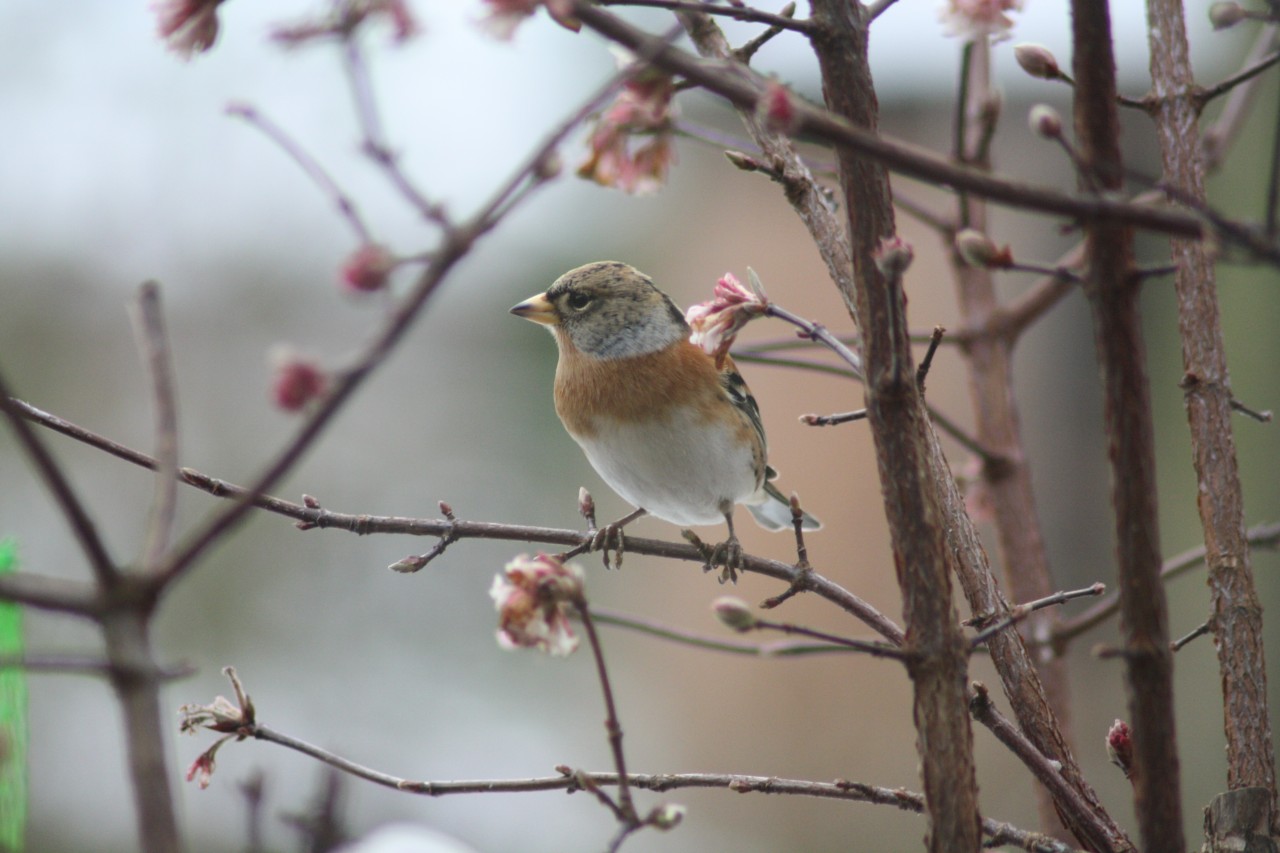
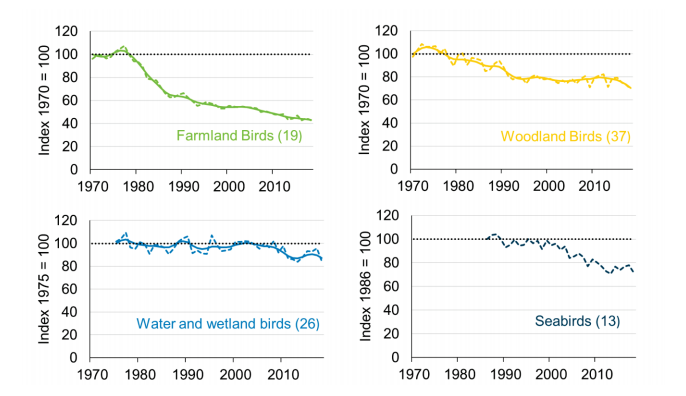
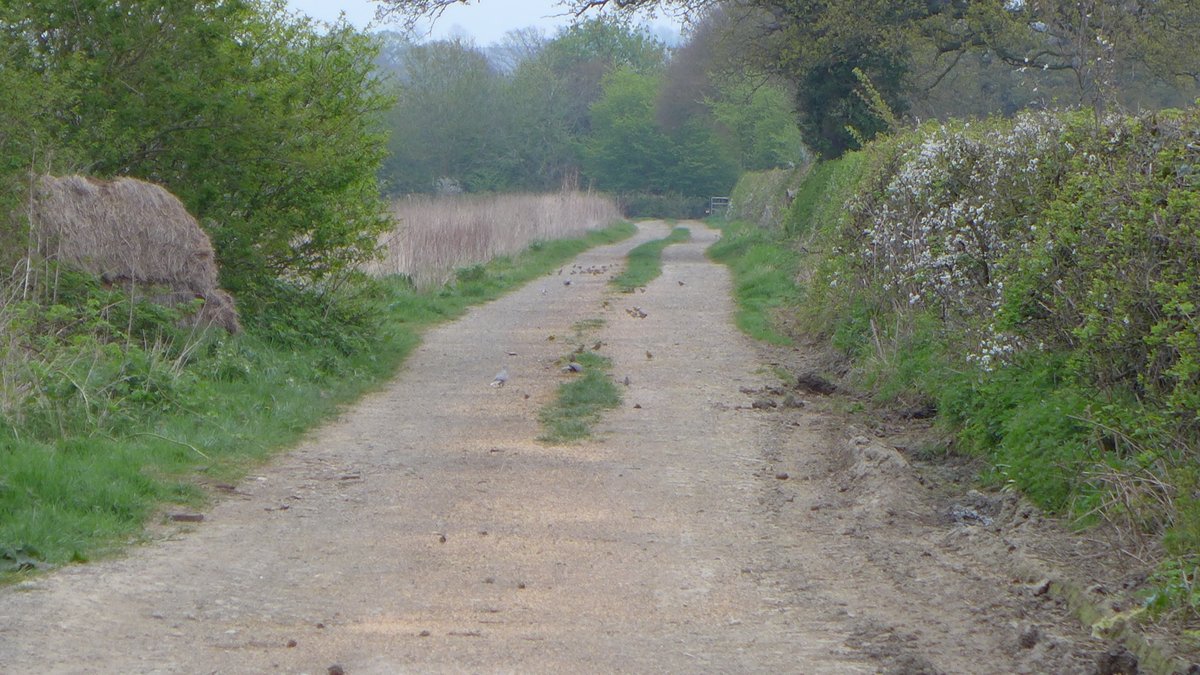
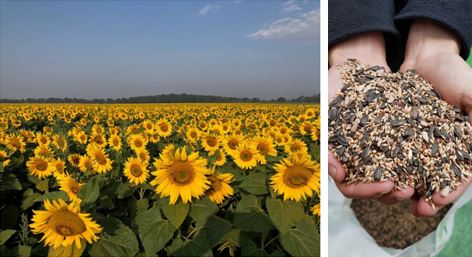

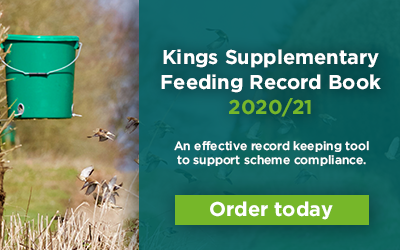



Comments